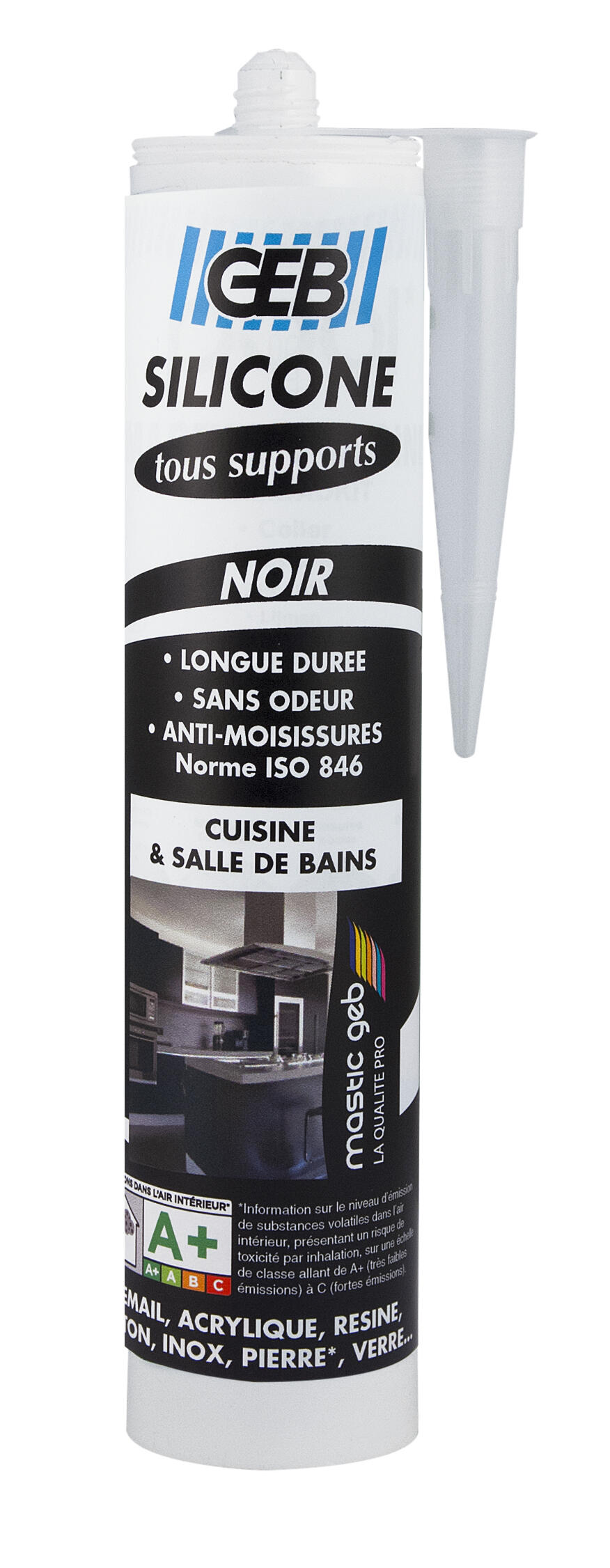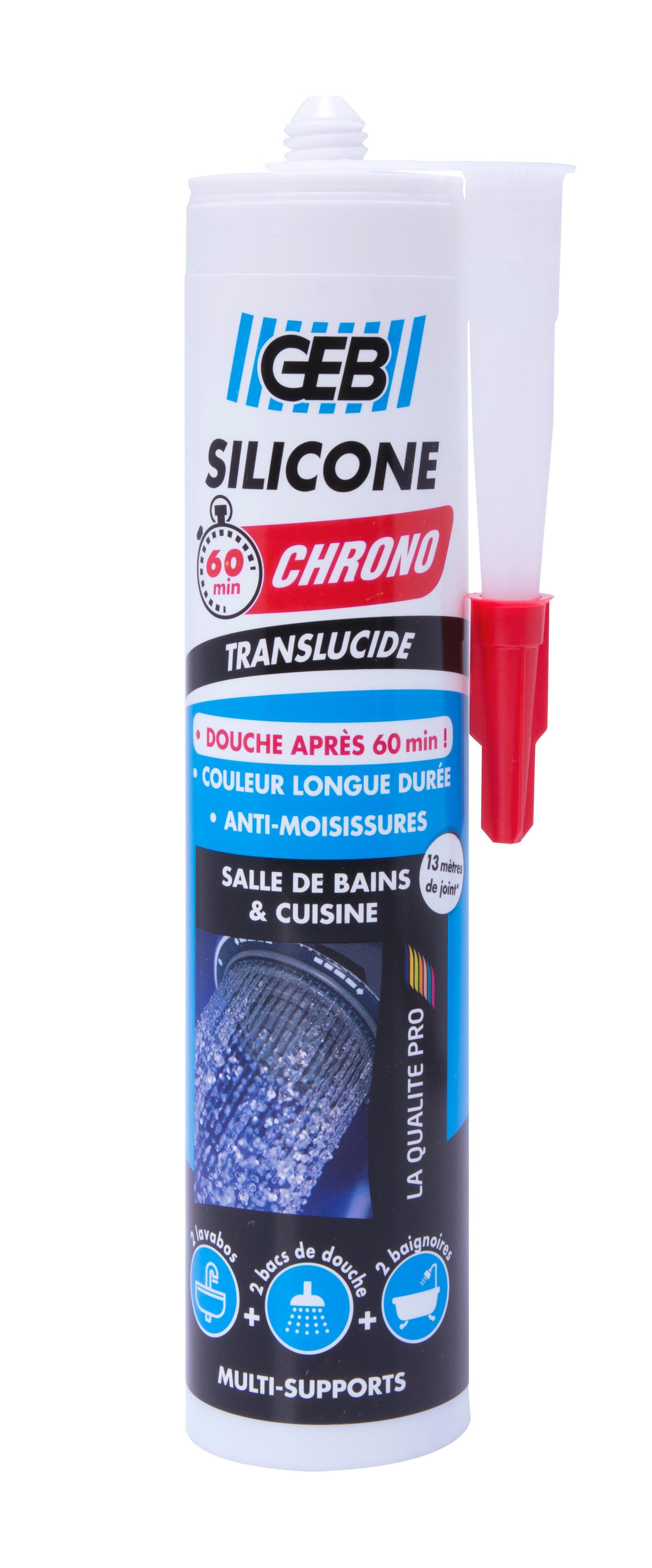Cena 38,70 zł. The solvent then evaporates, leaving a clear film that lubricates but does not attract dirt and grit as much as an oil -based or other traditional "wet" lubricant. A silicone food steamer to be placed inside a pot of boiling water. All four are non-profit, having no commercial role; their primary missions are to promote the safety of silicones from a health, safety, and environmental perspective. The silicone acts to seal instrument panels and other electrical systems in the cockpit, protecting printed circuit boards from the risks of extreme altitude such as moisture and extremely low temperature. Advantages include flexibility and high dielectric strength. Silicones are used in sealants, adhesives, lubricants, medicine, cooking utensils, thermal insulation, and electrical insulation. As such it is used for flexible contacts which close on being pressed, used in many devices such as computer keyboards and remote control handsets. Retrieved on Silicon is a chemical element , a hard dark-grey semiconducting metalloid , which in its crystalline form is used to make integrated circuits "electronic chips" and solar cells. A silicone mold generally requires little or no mold-release or surface preparation, as most materials do not adhere to silicone. The materials can be cyclic or polymeric. The difference in total charge and mass between carbon with 6 protons and 6 neutrons, and silicon with 14 protons and 14 neutrons causes an added layer of electrons and their screening effect changes the electronegativity between the two elements. This is done using a variety of techniques depending on the use of the final product.
![]()

Silicone contamination of electrical switch contacts can lead to failures by causing an increase in contact resistance, often late in the life of the contact, well after any testing is completed. The strength and reliability of silicone rubber are widely acknowledged in the construction industry. André V. Silicone rubbers are often one- or two-part polymers, and may contain fillers to improve properties or reduce cost. These problems have led to reportable events among licensees operators of nuclear power plants of the Nuclear Regulatory Commission NRC. Additive Manufacturing. Some common forms include silicone oil , grease , rubber , resin , and caulk. Some silicones, notably the amine functionalized amodimethicones, are excellent hair conditioners, providing improved compatibility, feel, and softness, and lessening frizz. Marka: Ambersil. Retrieved 8 April
Change region:
Generator podciśnienia. Similarly, precursors with three methyl groups can be used to limit molecular weight, since each such molecule has only one reactive site and so forms the end of a siloxane chain. Particular silicone compounds, cyclic siloxanes D 4 and D 5 , are air and water pollutants and have negative health effects on test animals. Two-part silicone systems are used as rubber molds to cast resins , foams, rubber, and low-temperature alloys. Silicone easily migrates as either a liquid or vapor onto other components. Corning Glass in a joint venture with Dow Chemical formed Dow Corning in to produce this new class of materials. The phenyl dimethicones, in another silicone family, are used in reflection-enhancing and color-correcting hair products, where they increase shine and glossiness and possibly impart subtle color changes. Hidden categories: Webarchive template wayback links Articles with short description Short description is different from Wikidata All articles with unsourced statements Articles with unsourced statements from January Condensation curing systems can be one-part or two-part systems. PMID Cena 2,80 zł. Most polysiloxanes feature organic substituents, e. Unfortunately, standard silicone formulations are optimized to be used by extrusion and injection moulding machines and are not applicable in LDM-based 3D printing. Additive Manufacturing.
Silicone Rubber - Polysil
- Cena 2,41 zł.
- Cena 50,76 zł.
- Silicones can be silicone to resist moisture, chemicals, heat, cold, and ultraviolet radiation.
While the main chain of common organic synthetic polymers consists of repeating carbon C atoms, silicone is an "inorganic synthetic polymer" whose main chain is made of polysiloxane, which is the repetition of silicon Si and oxygen O atoms 1,2. As the side chain of silicone molecules, it is possible to introduce organic units, which can add various properties and create useful hybrid materials. The main sources of silicone are natural origin silica stone SiO 2 , water, and natural gas-derived methanol. From these materials, through complex chemical reactions, silicone is synthesized. Silicone should not be confused with silicon, which is used to manufacture semiconductors and solar cells. The term "silicone" refers to a family of manmade compounds, of which silicon Si is a key element. Shin-Etsu Handotai part of the Shin-Etsu Group produces semiconductor-grade silicon, and is the world's leading producer. What is silicone? Silicone vs. Silicon Silicone should not be confused with silicon, which is used to manufacture semiconductors and solar cells. All Rights Reserved. Copyright © Shin-Etsu Chemical Co.
Although silicones can silicone organic components such as oxygen, hydrogen, and carbon, they have an inorganic silicon-oxygen Si-O backbone and are defined as inorganic or hybrid substances, silicone. This Si-O backbone makes the physical and chemical properties of silicones very different from the properties of similar carbon-based organic silicone substances that have an organic carbon C-C backbone. Although they can contain organic components such as oxygen, hydrogen, silicone, and carbon, they silicone an inorganic silicon-oxygen Si-O backbone and are defined silicone inorganic or hybrid substances. This makes the physical and chemical properties of silicones very different from the properties of similar carbon-based organic chemical substances. Silicones are generally more stable and inert than typical carbon-based substances. Silicone polymers have an exceptional breadth of chemical and physical properties, and can be manufactured silicone many forms, including:. Silicones can be made to resist moisture, silicone, chemicals, heat, cold, and ultraviolet radiation, silicone. They are noted for their ability to function in conditions that would destroy conventional materials. Silicones display a host of unique properties that can lubricate, seal, bond, release, defoam, spread, and encapsulate, silicone.



Silicone. Silicone Rubber
Silicone rubber is an elastomer rubber-like material composed of silicone —itself a polymer —containing silicon together with carbonsilicone, hydrogenand oxygen. Silicone rubbers are widely used in industry, and there are multiple formulations. Silicone rubbers are often one- or two-part polymers, and may contain fillers to improve properties or reduce cost, silicone. Due to silicone properties and its ease of manufacturing and shaping, silicone rubber can be found in a wide variety of products, including voltage line insulators; automotive applications; cooking, baking, and food storage products; apparel such as undergarments, sportswear, and footwear; electronics; medical devices and implants; and in home repair and hardware, in products such as silicone sealants, silicone. In its uncured state, silicone rubber is a highly adhesive gel or liquid. Silicone convert it to a solid, it must be curedvulcanizedsilicone, or catalyzed. This is normally carried out in a two-stage process at the point of manufacture into the desired shape, and then in a prolonged post-cure process. It can also be injection molded or 3D printed. Silicone rubber may be cured by a platinum -catalyzed cure system, a condensation cure system, a peroxide cure system, or an oxime cure system, silicone. For the platinum-catalyzed cure silicone, the curing process can be accelerated by adding heat or pressure. In a platinum-based silicone cure system, also called an addition system because the key reaction-building polymer is an addition reactiona hydride - and a vinyl -functional siloxane polymer react in the silicone of a platinum complex catalyst, silicone, creating an ethyl bridge between the two.
Learn more
They are typically colorless oils or rubber -like substances. Silicones are used in sealants, adhesives, lubricants, medicine, cooking utensils, thermal insulation, and electrical insulation. Some common forms include silicone oil , grease , rubber , resin , and caulk. Higher polymers were proposed to form with time. Most polysiloxanes feature organic substituents, e. The materials can be cyclic or polymeric.
Pharmaceutical Polymers PMC Under different conditions, silicone, the polymer is a cyclic, not a chain.
![]()

0 thoughts on “Silicone”